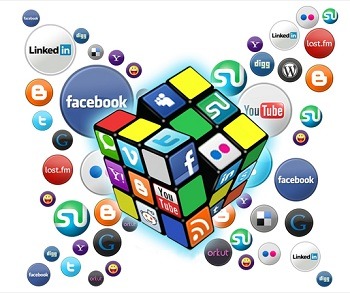
Digital marketing
Digital marketing is also known as online marketing. It is the promotion of brands to connect with potential customers using the internet and other forms of digital communication or social media. This includes not only email, social media, and web-based advertising, but also text and multimedia messages as a marketing channel.
S E O
SEO stands for “Search Engine Optimization.” It’s the practice of increasing both the quality and quantity of website traffic as well as exposure to your brand, through non-paid (organic) search engine results. Despite the acronym, SEO is as much about people as it is about search engines themselves. It’s about understanding what people are searching for online, the answers they are seeking, the words they’re using, and the type of content they wish to consume. Knowing the answers to these questions will allow you to connect to the people who are searching online for the solutions you offer. If knowing your audience’s intent is one side of the SEO coin, delivering it in a way search engine crawlers can find and understand is the other. In this guide, expect to learn how to do both.


S M O
Social Media Optimization (SMO) is the use of social media networks to manage and grow an organization’s message and online presence. As a digital marketing strategy social media optimization can be used to increase awareness of new products and services, connect with customers, and improve potential damaging news. For many years, Search Engine Optimization (SEO) was the standard for digital marketing efforts. While social media optimization and search engine optimization have similar goals–to generate web traffic and increase awareness for a company's website–search engine optimization is the process of increasing the quality and quantity of website traffic by increasing the visibility of a website or a web page to users of a web search engine, especially Google.
